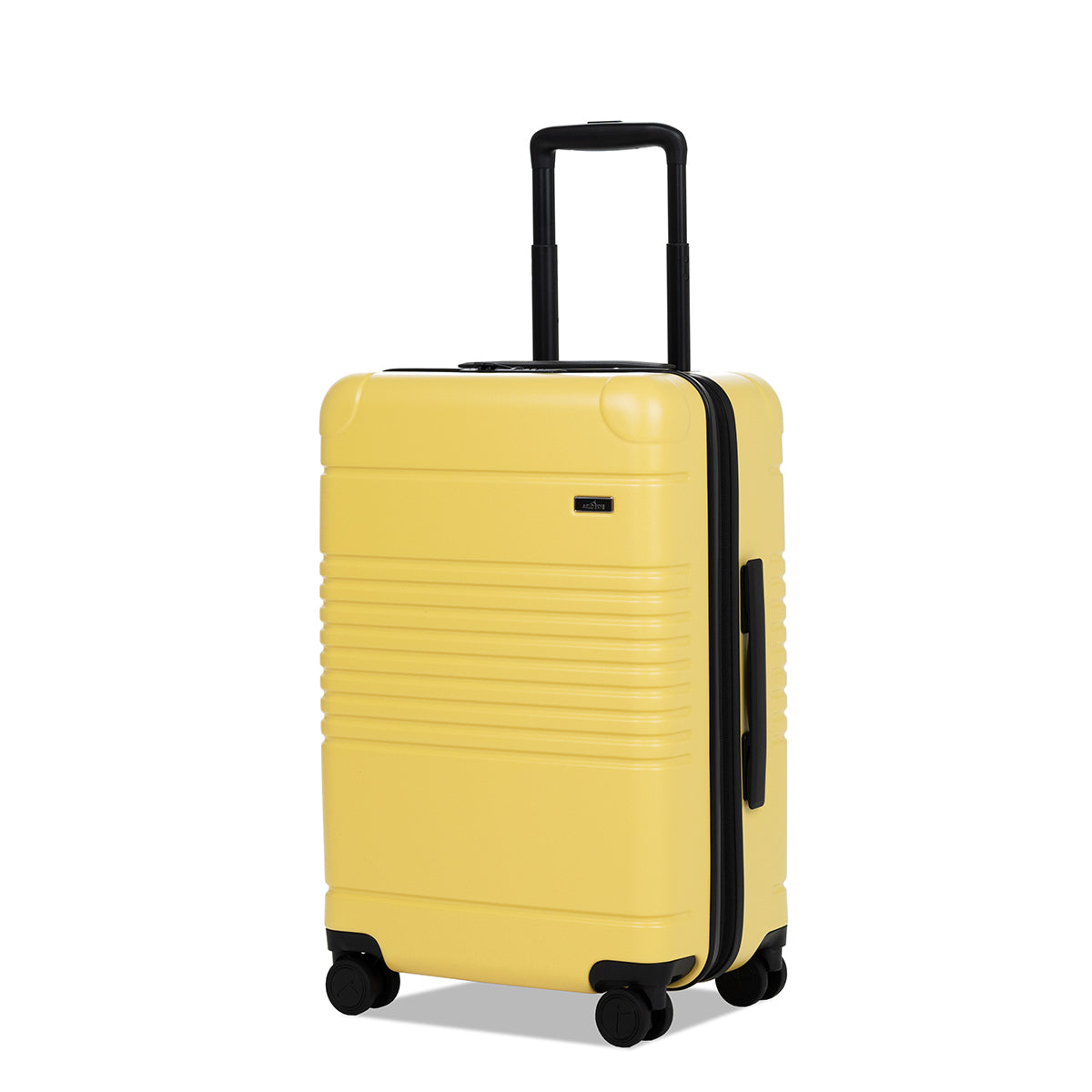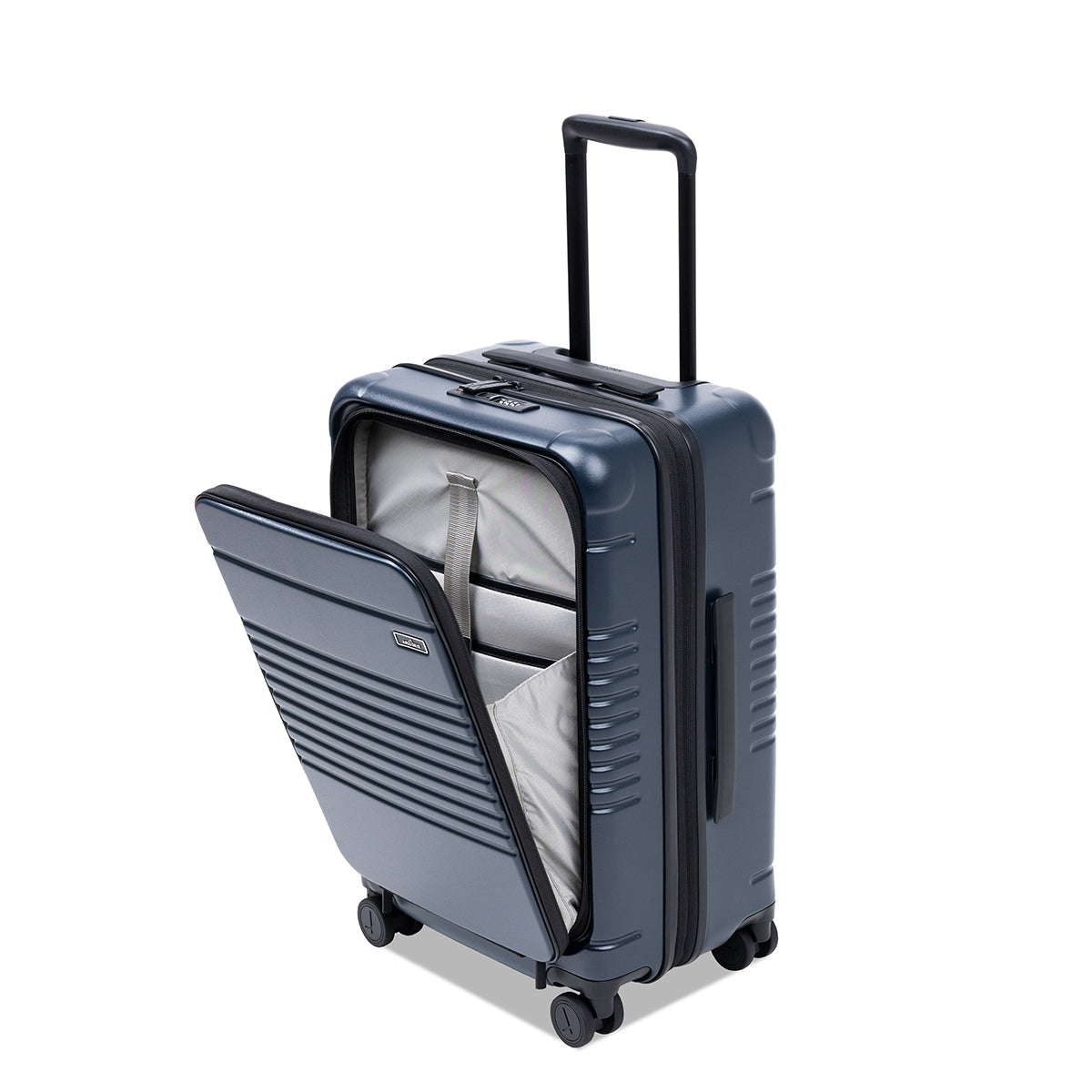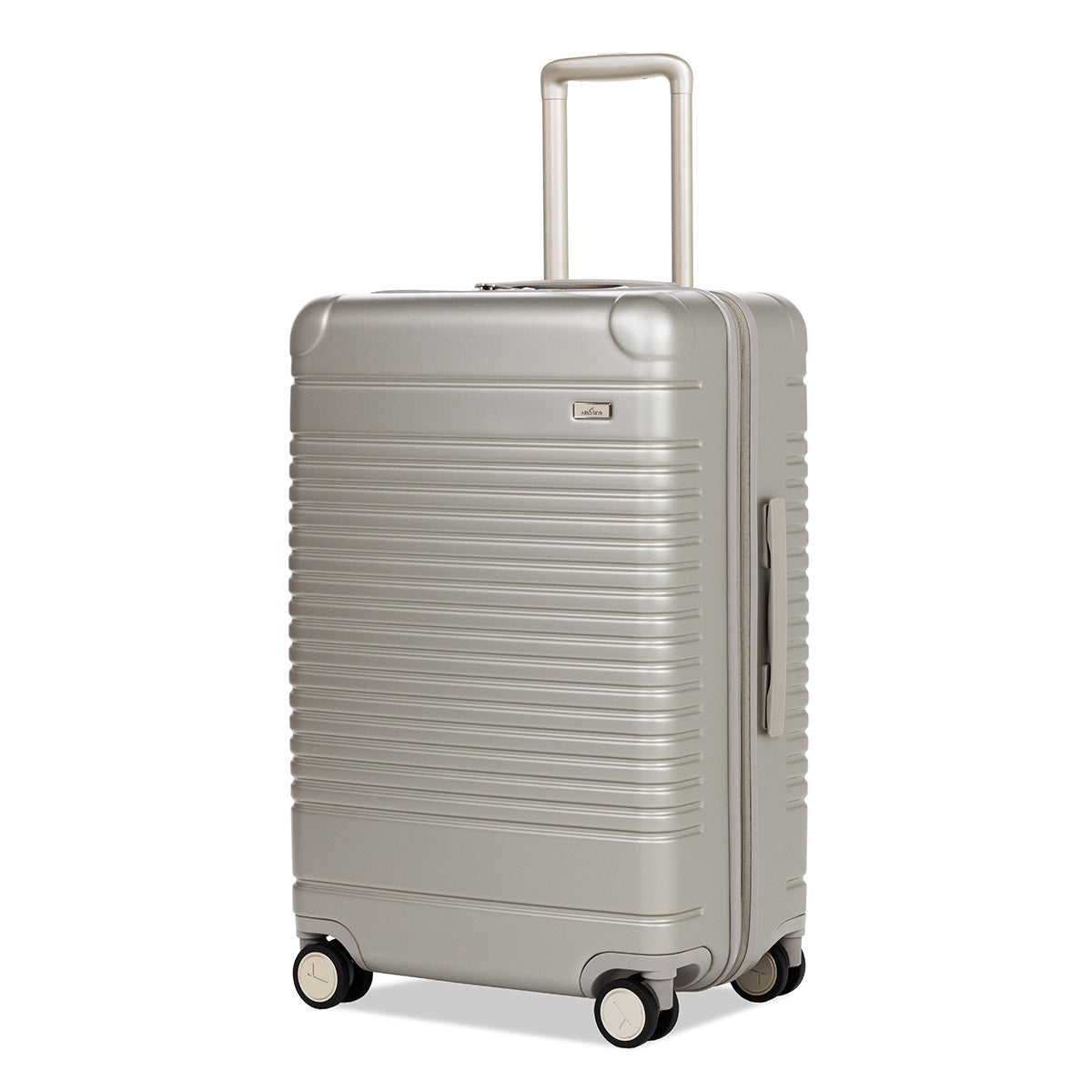Our new year’s resolution is to avoid over-paying for airplane tickets and waiting for hours in airport lines by using any and all shortcuts. Yours too? As 2020 begins, we’ve rounded up a checklist of 8 essential tips and tricks to make your next journey easier, cheaper, and quicker—from start to finish.

Photo by @erubes1 at Mauna Lani, Auberge Resorts Collection, Big Island, Hawaii
When to book
Flight prices tend to fluctuate greatly, which is why knowing when to book tickets is essential. It certainly seems that the best time to book a flight is either on Tuesday or Saturday: farecompare.com says to book flights on Tuesday at about 3pm EST, whereas Skyscanner.com says to book on Saturdays about 30 days prior to departure for domestic flights and 4 months prior for international flights. The one thing both agree on is not to buy tickets on Fridays and Sundays—that’s when prices are listed at their steepest. Want a deeper dive into seat pricing? The Hopper app predicts flight prices with 95% accuracy up to one year in advance. Meaning? You can analyze how fares peak and dip throughout the year, allowing you to choose the most economical time to travel, and the cheapest carrier. For example if you’re heading from the US to Tokyo for the Summer Olympics (July 24th to August 9th), Hopper suggests that the best time to book a flight is between May 29th and June 5th. The booking price is expected to be $892 round trip, which is a savings of 18% off the average price. That might be cutting it too close for some (or more than perfect for last minute planners). Either way, having a reference price is incredibly useful.
Go Incognito
So, you thought were pulling one over on online booking platforms by continually refreshing your pages to see if a lower price pops up? Nice try. These websites track cookies and will follow your browsing activity for up to 30 days, so refreshing the page can actually cause prices to increase (since the airline pricing algorithm thinks that you’re really keen on booking this flight). The real trick to finding the true “market price” is to first clear your browser cache and cookies and then use “incognito mode” in your browser to search for flights. No tracking means no automatic hike-ups. After purchase, use the Google Flights track price feature for the route you’re booked on. Google will then send you automatic updates via email whenever the price fluctuates. If you see a price decrease, contact the airline and ask them to honor the new price. This tip won’t always work, but many airlines will accommodate the lower fare. And it never hurts to ask.
Meet SeatGuru
We’ve all had the misfortune of selecting a seat that looked serviceable on-screen, only to discover that it failed to recline, had zero leg room, or was the unofficial lavatory waiting zone. SeatGuru is like the Yelp of airline seating, featuring seat maps that reflect the exact layout of your plane, customer images and reviews of specific seats, and other information to help guide your choices. Whether you’re looking for privacy or power jacks, this free service empowers you to make better decisions—and to arrive at your destination happier and less stressed. Bonus: they recently launched an app making the entire seat browsing experience more user-friendly. Pro-tip: before to purchase your airline ticket, use SeatGuru to find out the aircraft model. If that route is, for instance, on the airline’s old Boeing 747, you might consider checking another flight time to see if there’s a similar route on a newer aircraft. This makes a big difference: older aircrafts have terrible IFEs (check out our feature on that here), and you’ll often find that the business class seats haven’t been updated (ever). This adds up to a bit more search time, but if you’re taking a flight that’s more than 3 hours, we think it’s worth it.
Bypass never-ending security lines
Can you put an exact price on happiness? Yes: $85, some paperwork, and a brief in-person interview. That’s the cost of signing up for TSA PreCheck, which fast-tracks approved customers through security at participating airports in the United States for five years. Since airports hate long lines almost as much as you do, the TSA developed this program to allow customers to access express lines and keep their shoes, belt, and jacket on. Global Entry costs $15 more, but also includes a quicker customs experience. Clear, a newer accelerated screening program on the rise, allows you to bypass the security line at airports that have instituted the program. The cost is around $179 per year, and if you’re really into breezing through, you should consider augmenting your PreCheck membership with this service. Why? TSA PreCheck members are not guaranteed access every day, but Clear has no randomized exclusion of passengers. In addition, everyone who enters the Clear line is a member of Clear and knows the rules of the service, whereas TSA sometimes adds nonmembers the PreCheck line—which holds things up.
Score lounge access
Airport lounge dreams on an economy budget? We got this. Credit card companies often feature lounge perks, which you can access even if you’re flying economy. Amex Platinum cards offer lounge access to their Amex Centurion Lounges as well as Delta Lounges (accessible only if you’re flying Delta). If your cards don’t give you lounge access, then considering purchasing a $99 per year Priority Pass. Accessing 1300 airport lounges in over 400 cities worldwide without restriction, this membership features all the benefits from the best lounge experiences, including spa treatments—and you can bring family and pals. Day passes are also available at many lounges, which is something to consider if your connecting flight is unexpectedly delayed.
Don’t get lost abroad
Remember that time when your “super-fast” international data roaming package turned out to be alarmingly slow? This can be particularly frustrating when, for example, you’re trying to find your way back to the hotel and Google Maps isn’t responding. Turns out, there’s a way to access Google Maps without a data plan. Before flying out of your country—and while you’re still using your data—find the area you’ll be visiting on the Google Maps app. Then type in the phrase “OK Maps”—the portion of the map that is visible on your screen will save automatically. Once you arrive, you’ll be able to zoom and scroll around the saved location. Your GPS and real-time navigation won’t work without data, but you can use your phone’s compass to stay on course.
Get a VPN Service
Traveling abroad and using public WiFi to check emails (or, more importantly, to post to Instagram)? Connecting to random WiFi in hotels and cafes is risky—in both the U.S. and abroad—because these networks might be compromised. The moment you connect, you’re basically exposing yourself to ID theft: as you type in passwords, hackers on the other side of the same network could be recording the info. That’s why, in 2020, we suggest getting a VPN (Virtual Private Network) service. Our favorite is from a company called Express VPN, which you turn on and off on your desktop or phone with a push of a button. It’s high speed, highly secure, and they offer a 30-day money back guarantee. Pro-tip: turn on the VPN on when searching for flight fares, as the VPN ensures that you’re anonymous online.
Plan it with Google Trips
We’re currently obsessed with Google’s new travel site, and here’s why: it does everything to help you plan the best trip possible. The site now shows the best times to visit basically any area based on data that analyzes weather, crowds, and the price of travel and accommodations. If you’re thinking about a vacation during the summer and want to travel somewhere sunny but not too hot, and also want to find the months when it’s cheapest to visit, you can do that using this site. How? We searched for “Portugal” and the results page has 3 tabs at the top: Travel Guide, Destinations, and Day Plans. Under Travel Guide, you’ll find things to do, popular trips, when to visit, and key destinations. Under Destinations: you can search based on your interests by clicking on the tags, which include beach, hiking, surfing, museums, and more. Based on your choices, Google will automatically update, and show you flight prices and hotel prices. Under Day Plans, you get suggestions for several potential itineraries, along with a visual map showing you the places you’ll visit. It also includes suggested modes of transportation and key spots to check out in each city. When you search at a city level, Google provides an itinerary of must-visit “if you only had 1 day” activities—ensuring that you won’t miss out on that city’s highlights. The itinerary also factors in the time you need to spend at each destination, and how long it will take you get from one destination to the next. It’s like an AI travel buddy, and we’re all in.









